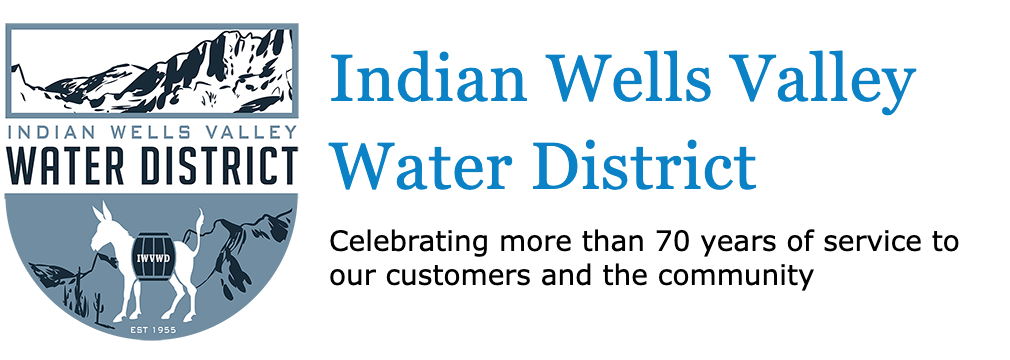Oct 13, 2021 | Searching for Solutions
By Don Zdeba
Accomplishing the objectives of the 2014 Sustainable Groundwater Management Act (SGMA) presents significant and sometimes unique challenges. According to the State Department of Water Resources (DWR) Bulletin 118, the Indian Well Valley Basin is one of twenty-one basins characterized as being a “high priority basin in critical overdraft.” Indian Wells Valley presents one substantial challenge due to the fact basin groundwater is the sole source of supply.
Stetson Engineers, working as the Water Resources Manager on behalf of the Indian Wells Valley Groundwater Authority (IWVGA) and with local stakeholder input, drafted the Groundwater Sustainability Plan (GSP) submitted to DWR January 30, 2020. The GSP remains under review by DWR with expected completion of the review process by January 2022. SGMA intends for GSPs to be dynamic documents, meaning plans are expected to be updated as new data emerges.
As one of the voting members of the IWVGA, the Board of Directors of Indian Wells Valley Water District (“District”) is committed to providing resources supporting studies that will assist with further understanding of the basin by collecting data that can contribute to making informed decisions to achieve the goal of sustainability for the basin.
The District has been the lead on a Brackish Groundwater Feasibility Study co-funded with Searles Valley Minerals, Coso Operating Company, and Mojave Pistachios. This group was awarded a $700,000 grant from DWR in support of the study. The Feasibility Study is the first step in improving water supply reliability and is tied to public health, environmental and economic benefits associated with increasing the water supply, diversifying the water supply, and reducing adverse impacts associated with continued fresh groundwater withdrawals. A final report on the results of the Feasibility Study is scheduled to be submitted to DWR by June 2022.
Krieger & Stewart, the District’s consulting engineering firm, is collaborating with Stetson Engineers on a study to evaluate four alternative uses for recycled water that will be available from the City’s new water treatment facility. It is estimated there will be 2,000 acre-feet of recycled water available once the plant is in full operation. The District Board of Directors places the highest priority on this water supply. It is an in-basin water resource that is not currently part of the water balance. Recovery and use of this water can offset a like amount of water needed from an imported source thereby reducing the amount of the Replenishment Fee to be collected.
The District is also in the early stages of developing an exploratory program for the El Paso sub-basin in the southwest area of the basin. There is relatively little information about this area available. The El Paso area is of interest because it may potentially hold a significant amount of water separated from the main basin by an impediment, likely a fault structure. This would not be considered new water as it is still within the basin, but it may provide another source of high quality water while allowing pumping to be spread over a larger area.
Finally, the District was instrumental in including the Indian Wells Valley Basin as one of three basins selected to be part of the Stanford Groundwater Architecture Project (GAP). The Stanford GAP demonstrated the use of aerial electromagnetic (AEM) technology to map groundwater basins. The data collected by SkyTEM determined stratigraphic layers and boundaries, geologic features (faults, e.g.), depth to water, and total dissolved solids (TDS) in each of the three basins. The success of the Stanford GAP has led to the State signing an agreement with Ramboll, a Danish engineering group, to lead a team to map every basin in California using SkyTEM AEM surveys. The Ramboll team will conduct the surveys and interpret the standardized statewide dataset which will improve the understanding of large-scale aquifer structures and lay the groundwork for the implementation of the groundwater sustainability plans.
As any scientist will tell you, you can never have enough data. These studies and others that may follow could well shape our path toward achieving a stable water supply for the future.
I encourage you to keep up with news about water issues at local, regional and statewide levels on our Facebook page (IWV Water District) and news more specific to IWVWD on our website, www.iwvwd.com.
